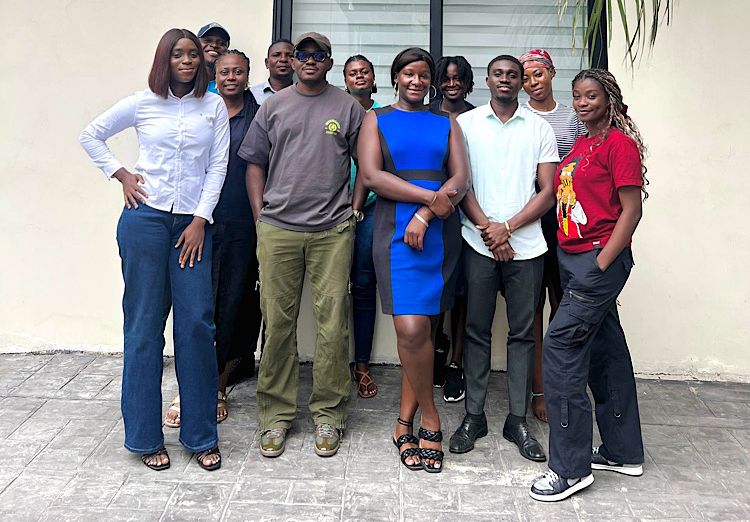At the end of July, our team came together for an internal training session led by Nana Kweku Sekyi, Regional Creative Director at EchoHouse Africa. The session focused on a topic that’s foundational to modern marketing but often misunderstood: Storytelling and Product Narrative.
Here’s what we took away:
What is Storytelling in Marketing?
At its core, storytelling is the process of delivering a message to an audience using a blend of fact and narrative, through a medium. It’s structured; it has a beginning, a process, and an end. And most importantly, it has a purpose.
“People don’t care about the brand. They care about what you’re giving them,” Sekyi reminded us.
This shift from “what we offer” to “how it benefits the customer” is at the heart of impactful brand storytelling.
Why Do Brands Tell Stories?
Because stories:
- Are easier to remember than facts
- Simplify complex ideas
- Inspire emotion and action
- Unify audiences through shared meaning
Good stories spark connection. Great ones move people to act. For WopeCar, storytelling allows us to sell an experience, not just a service.
Every Story Begins with a “Why”
Drawing on Simon Sinek’s Golden Circle (“Start With Why”), we explored how the most resonant narratives are anchored in clarity:
- Why: What’s the purpose?
- How: What’s the strategy?
- What: What action will you take?
When you start with the “why,” everything else falls into place, from your message to your media channels.
See Also: From Service to Experience: How WopeCar Is Elevating Customer Care Through Training
The Building Blocks of Storytelling
Here’s how Mr Sekyi broke it down for us:
- Message: What do we want people to feel, think, or do?
- Audience: Who will receive this message and how do they consume content?
- Medium: Choose the right platform. Different channels need tailored approaches.
- Structure: Hook them at the beginning, sustain interest with a strong narrative arc, and land with an ending they’ll remember.
- Design Thinking: Empathise, define the problem, ideate, prototype, test. It’s not just for product development; it’s a storytelling tool too.
Applying It at WopeCar
We don’t see storytelling as a marketing department function; it’s a company-wide language. Whether you’re in customer service, social media, IT, or operations, you play a role in how our brand is perceived.
The training ended, but the message stays with us: If we don’t tell our story, someone else will and we might not like their version. We’re choosing to tell our story with purpose, consistency, and care.




